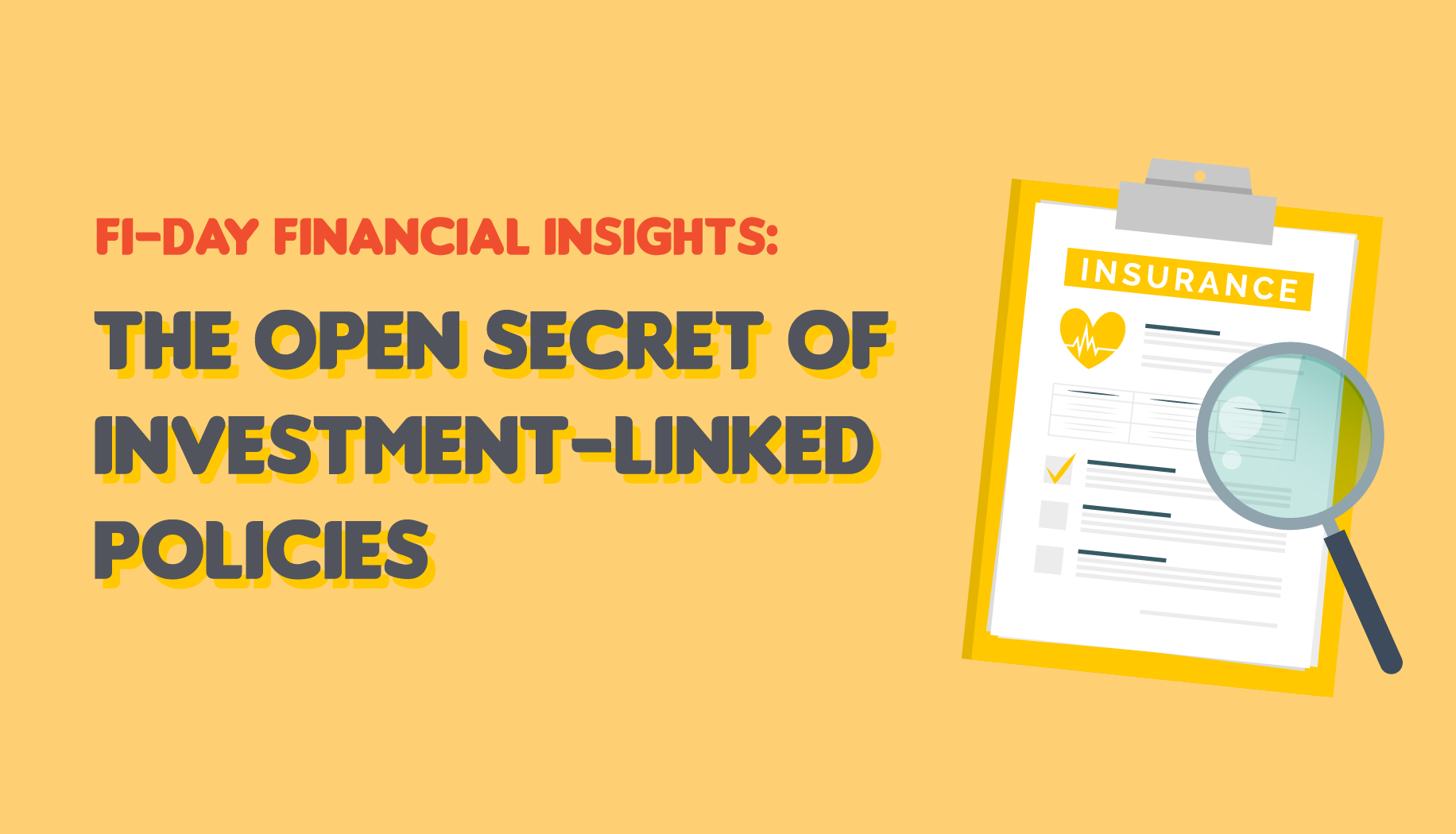
Unearthing the open secret of investment-linked policies
INVESTMENT-LINKED policies which make up more than 50% of life insurance policies sold in 2020 are Malaysia’s most popular life insurance policies.
They are perceived to offer the best of both worlds: insurance (coverage against premature death, critical illness or hospitalisation) and investment.
But there is an open secret to investment-linked policies which might get you not the best – but the worst – of both worlds.
To surface this secret, we need to look first at how an investment-linked policy works.
When you buy an investment-linked policy, you commit to paying a certain premium every month for a number of years whereby after deducting commission, a portion is allocated to pay for your insurance and the balance invested in one of the insurance company’s sub-funds of your choosing.
The idea is for you to have insurance protection (whether life, critical illness or medical protection) as well as to shore up your own funds by investing in the insurance company’s sub-funds.
Over time, as your insurance premiums go higher as you age, the insurance company can also sell units of your chosen sub-fund to pay for the higher insurance premiums.
Hopefully, the investment in your chosen sub-fund does well enough so that it can cover your future insurance charges. If it doesn’t, you either have to top-up your monthly premium out of your own pocket or you will have to reduce your insurance coverage.
So far so good.
The catch
But here’s a question for you. If you were to buy into a unit trust, how much would you expect to pay in terms of a distribution fee to the unit trust agent? 3% of your investment amount? 2%? Or go online and pay potentially zero sales commission?
Well, for an investment-linked policy, your insurance company can deduct up to 40% of your first year premiums to cover their distribution costs which include paying commissions to your agent.
That means that even before your premiums get invested in your sub-funds or pay for your insurance, up to 40% is deducted first to pay for such distribution costs.
In the second and third years – again – up to 40% of your premiums goes towards distribution costs.
For years four to six, up to 20% of your premiums goes towards distribution costs. The quantum from years seven to 10 is up to 5%.
Over 10 years, up to 200% or two whole years’ worth of premiums could go towards distribution costs.
If you bought an investment-linked policy before, you shouldn’t be surprised by this revelation.
Your agent should have shown you a product illustration table and pointed out your “allocated premiums”. Their difference with the actual premiums you pay are the upfront deductions that you incur. In that sense, it’s an open secret.
But the fundamental issue is, if you wouldn’t pay those distribution fees to your unit trust company, why should you pay them for an investment-linked policy just because it’s bundled with insurance?
It’s very hard to build your investment funds when so much is taken out upfront for commission and distribution costs.
Perhaps it’s a good time to ask your licensed financial planner on how you can unbundle your protection and investment needs so you can truly get the best of both worlds.
This article was written by Malek Ali of Fi Life and originally published in Focus Malaysia. Malek is a CFP professional as accredited by the Financial Planning Association of Malaysia.
